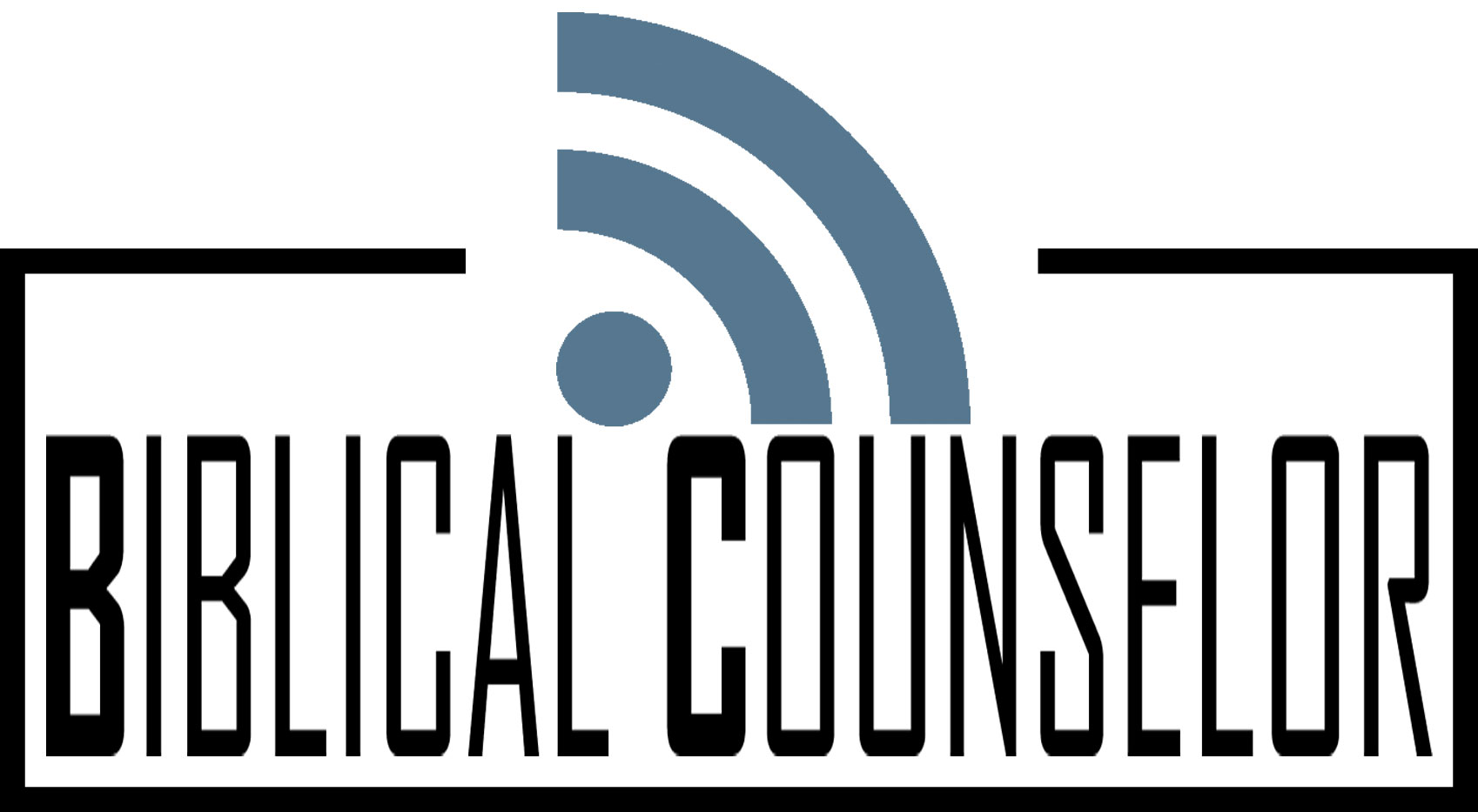Today’s post is sponsored by P&R Publishing and written by P&R’s editorial director, Amanda Martin.
I learned a new word last year, as I often do when talking to my dad. Diatessaron. Five syllables of majestic-sounding Greek. He said it with relish, which is exactly how such a word ought to be said.
It was a word I immediately wanted to use, but my opportunities to do so are limited. This is because a diatessaron is a single-narrative arrangement of the four canonical gospels. There aren’t many of those lying around! And yet they have a long history: the first diatessaron was created in the late 100s.
My dad, a Presbyterian pastor, was telling me about diatessarons because I was working on one—although at the time I hadn’t realized it had such a delightful name. I was editing a new edition of theologian Loraine Boettner’s Harmony of the Gospels (now titled The Gospel of Jesus) and learning so much as I saw the work of Matthew, Mark, Luke, and John come together in a chronological narrative. Not only had I gotten a clearer sense of just how much Jesus traveled during his earthly ministry (he traveled a
To continue...read the full-length post originally published on this site.




